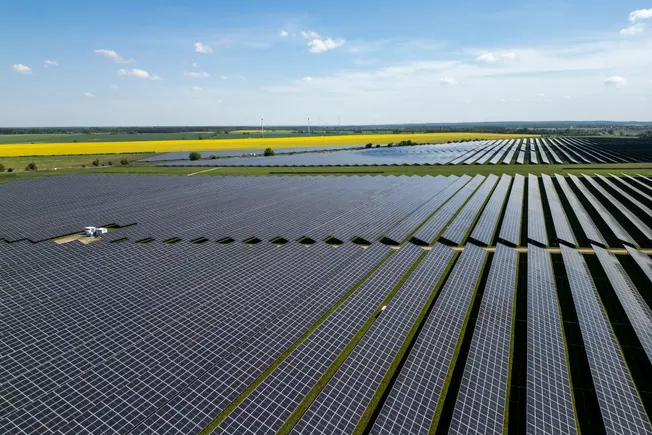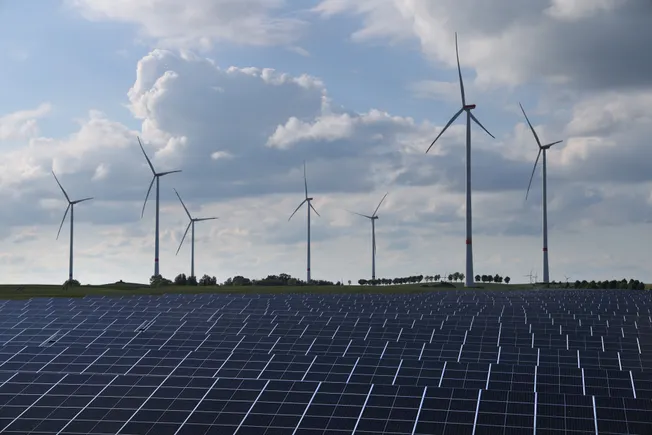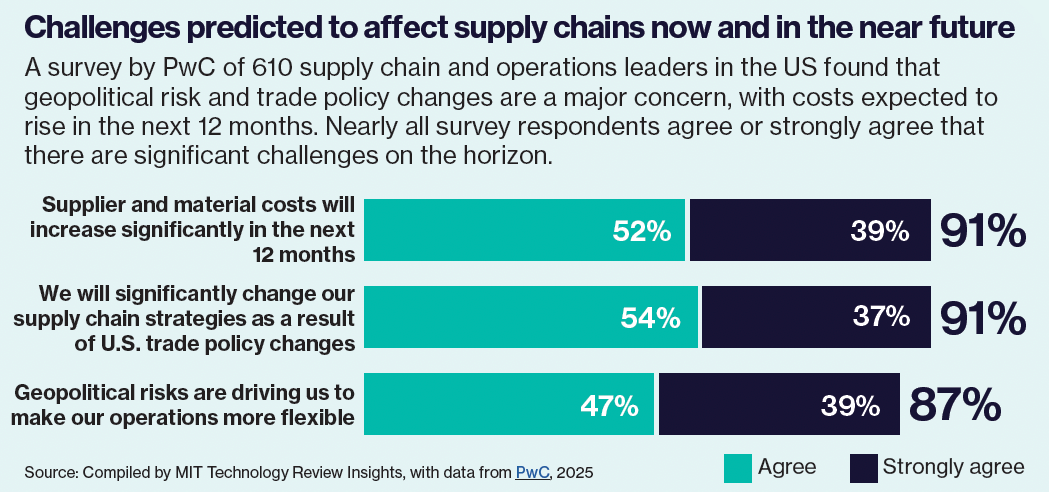
Oil surged as the US government ordered a partial evacuation of its embassy in Iraq amid rising security risks.
West Texas Intermediate futures jumped 4.9% to settle above $68 a barrel, the largest gain since October, as the Trump administration reduced embassy staff in Iraq and permitted military service-members’ families to leave the region in response to ongoing security concerns. The UK Navy also issued a rare warning to mariners that higher tensions in the Middle East could affect shipping.
The developments compounded speculation about possible supply disruptions in the Middle East after AFP reported that Iran threatened to target US military bases in the region if conflict breaks out.
“Iranian rhetoric has turned notably more hostile, and these threats are being substantiated by real-world developments,” said Rebecca Babin, a senior energy trader at CIBC Private Wealth Group. “While geopolitical rallies are often seen as selling opportunities, this situation carries the added complexity of potential Israeli military action if negotiations break down, which is keeping traders more cautious about selling into the rally.”
Elsewhere, President Donald Trump told the New York Post he’s “less confident” about whether he can convince Tehran to agree on shutting down its nuclear program. He also posted on social media that a trade deal with China was “done,” subject to the approval of President Xi Jinping.
Oil had been weighed down by expectations that a trade war between the world’s two largest economies would hurt demand and that a deal with Iran would bring back sanctioned barrels, adding to rising OPEC+ supplies. Prices have recovered in recent sessions, supported by easing trade tensions and the outlook for summer demand.
A monthly report from the US Energy Information Administration underscored the oil market’s current uncertainties. While the agency expects supply to eclipse demand by 800,000 barrels a day this year, the most since it began publishing a forecast for 2025, it also doesn’t see US crude production topping last month’s levels before the end of next year, a sign that lower prices are curbing some supply.
Signs of market tightness have also appeared along the futures curve. Earlier this week, the February-March WTI spread flipped to backwardation — where near-term prices are higher than longer-dated ones — for the first time since April, with several subsequent months following suit earlier today, signaling concerns about oversupply are easing.
|
Prices |
|
WHAT DO YOU THINK?
Generated by readers, the comments included herein do not reflect the views and opinions of Rigzone. All comments are subject to editorial review. Off-topic, inappropriate or insulting comments will be removed.






















